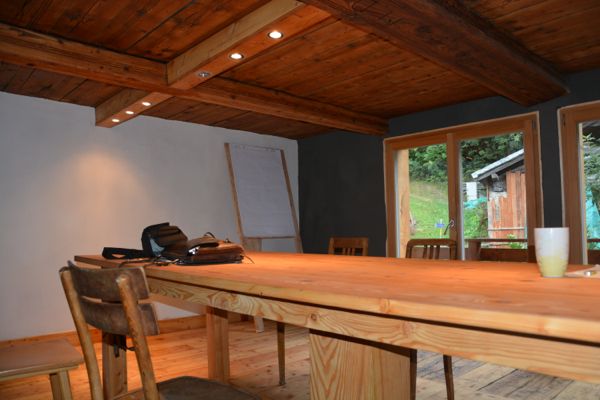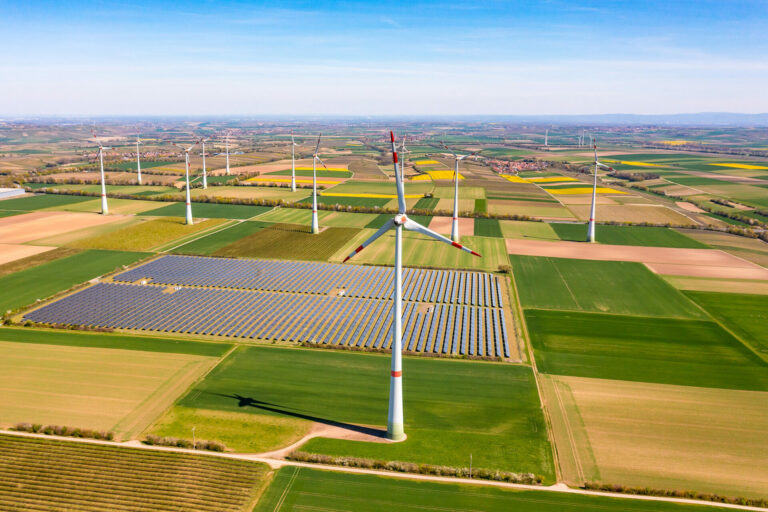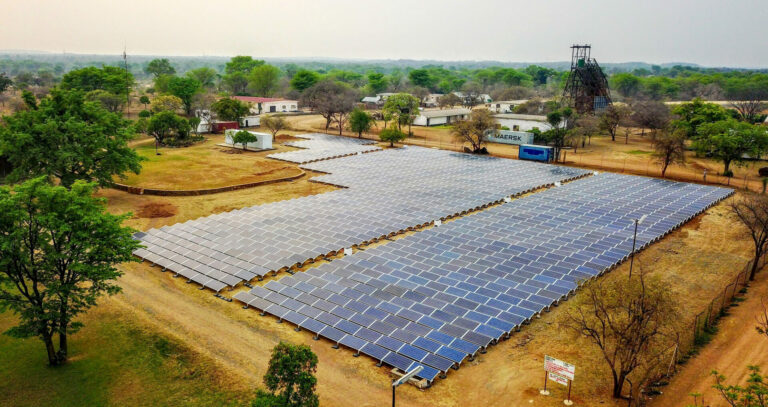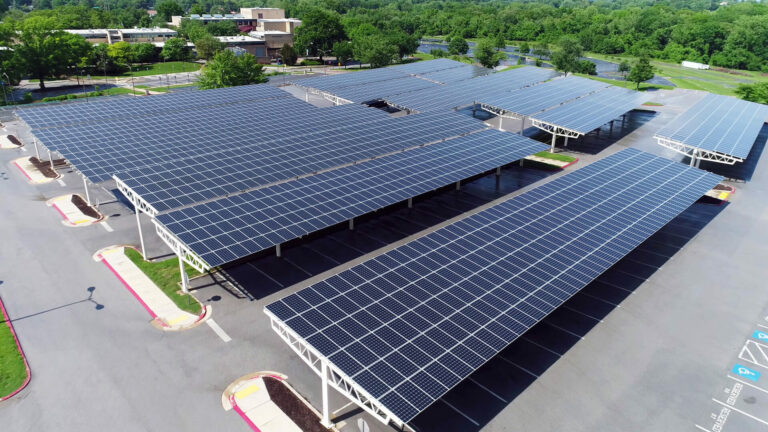Any attempts to divert from the status quo tend to be met with apprehension. Humans, by their nature, are happy with routine and predictability. Change equals confusion and in business, that is not a good thing. Notwithstanding the inherent difficulties in educating and repurposing an industry that has traditionally relied on fossil fuels to move it forward, there is also the small issue of cost. Not only is it confusing, but change can also be expensive. So, what would it mean to the industry if a breakthrough were to be realized that could tick both the sustainability and profitability boxes, while also offering the possibility of managing the steep level of emissions that construction currently produces? The industry would sit up and take notice, no doubt.
Biochar is a charcoal-like substance that is made by burning organic material from agricultural and forestry wastes (also called biomass) in a controlled process called pyrolysis. Although it looks a lot like common charcoal, biochar is produced using a specific process to reduce contamination and safely store carbon and has been a known process and substance for over 2000 years. However, it wasn’t until the 1960s that Dutch scientist Wim Sombroek chanced upon the material in Brazil’s Amazon basin. A hugely positive material, biochar is a charcoal like substance that hugely increases the productivity of agricultural land and is created from plant waste. In fact, from a sustainability perspective, it is peculiar that this material is not more widely used. The practice converts agricultural waste into a soil enhancer that can hold carbon, boost food security, and increase soil biodiversity, and discourage deforestation. In fact, researchers familiar with the benefits of the product believe that the possibility exists of capturing more than one billion metric tons of CO2, the equivalent of several percentage points of worldwide emissions, by incorporating biochar into the soil. The process creates a fine-grained, highly porous charcoal that helps soils retain nutrients and water. Additional benefits of using biochar are an increase in food security and cropland diversity in areas with severely depleted soils, scarce organic resources, and inadequate water and chemical fertilizer supplies.
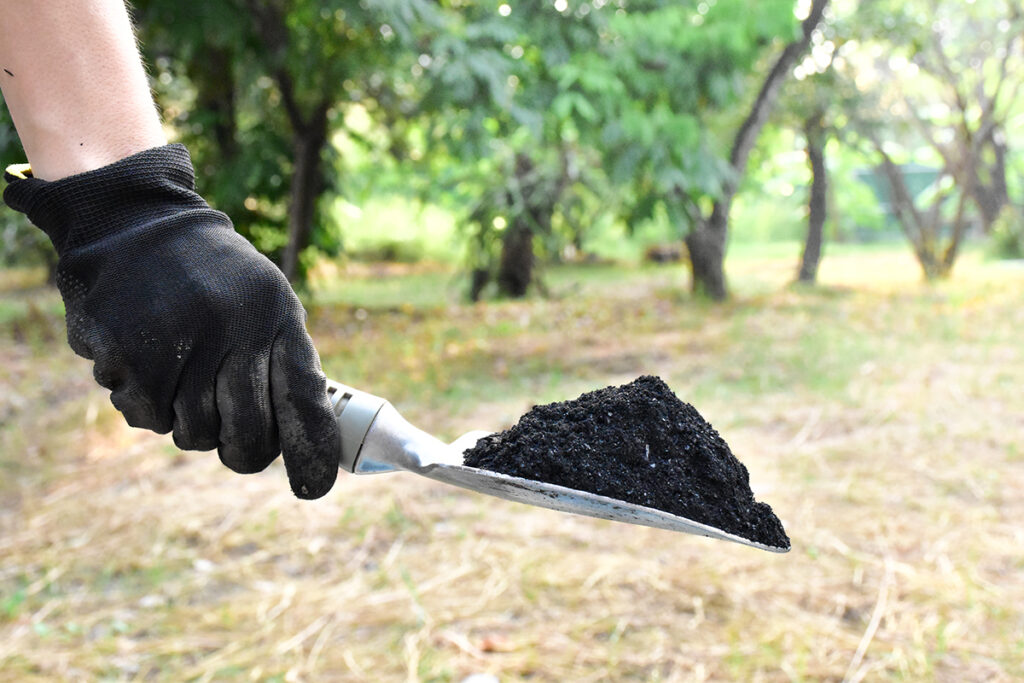
However, recent developments are taking things further. By siphoning the heat from this process, biochar producers have been able to provide a source of heating to local districts in Sweden and Finland. The beauty of this process is that the char itself can remain un-biodegraded for thousands of years and the heat, which tends to be the main historical objective of burning wood, is a happy by-product rather than the main goal.
So, the environmental and sustainable benefits of biochar are evident, that much is certain. However, the question remains; can this material benefit those in the construction industry? In short, yes. Studies are showing that this is a material with huge potential and some of these questions, particularly in relation to construction use, have been asked for some time. Researchers at the Ithaka Institute for carbon strategies in Arbaz, Switzerland, have discovered that biochar captures about 2 tons of CO2eq per ton of biochar, depending on feedstock and process conditions. How exactly, then, do we maximize the use of biochar in the building process? Thankfully, it seems that there are a number of potential uses. Again, the Ithaka Institute is at the forefront of this research and according to those developing this body of research, the initial results are promising. “The first building using this material was built in 2013 at the Ithaka Institute in Switzerland and is currently undergoing extensive performance testing. Already though, the building has proven to be highly insulated with great humidity control. Substantial opportunities also exist to use the char-clay material to upgrade existing buildings plagued with poor insulation, humidity problems or contaminations such as lead paint.”
“Substantial opportunities also exist to use the char-clay material to upgrade existing buildings plagued with poor insulation, humidity problems or contaminations such as lead paint.”
The institute has used its knowledge of the material to develop clay and lime plasters with biochar making up around 80% of the material. “Two of biochar’s key properties are its low thermal conductivity and its ability to absorb water up to 5 times its weight. These properties mean that biochar is just the right material for insulating buildings and regulating humidity.” The resulting plaster, which is five times lighter than the standard types, is displaying enormous benefits in the areas of insulation and humidity regulation. For those as the Ithaka Institute, the science and health benefits behind this material is suggesting that biochar may develop into a crucial element of the building process. “This blending creates inside walls with excellent insulation and breathing properties, able to maintain humidity levels in a room at 45 – 70% in both summer and winter. Not only does this prevent the air inside the rooms from becoming too dry which is a potential cause of respiratory problems and allergies, but it also prevents condensation from forming around thermal bridges and on outside walls which could lead to the formation of mold.”

Biochar-clay plaster used in Ithaka Institute building 
Biochar-clay plaster used in Ithaka Institute building
Further studies have gone into the use of biochar in the formation of bricks. Early prototypes were designed using a binder material such as cement or lime and exhibited a compressive strength of 20 N/mm2 (the minimum compressive strength for common brick is about 3.5 N/mm2. However, further experiments conducted at the University of Rochester have taken biochar bricks even further. As part of this research, two types of brick were tested by combining biochar with both cement and repurposed plastic. The results make for very interesting reading. It seems that bricks made with 50% biochar and 50% plastic mix demonstrated the highest compressive strength, but that the biochar-cement brick won out in terms of insulating value, hardness, and water absorption. While these bricks will need to be examined and tested further before they could be brought to the market, the potential for realistic change is certain. Furthermore, researchers estimate that the biochar-cement bricks could lead to a 6% decrease in the CO2 emitted from cement production if used globally.
The use of biochar as a construction material may be in its infancy but given that its benefits as an environmental tool are well known, change is on the horizon and isn’t limited to Brazil or Scandinavia either. The concept of Carbon Intelligent Cities is being touted where, instead of using carbon capture technologies to store CO2 underground, it could be above ground in the bricks, slates and insulation that surround us. Jim Doten, a geohydrologist who works as the caron-sequestration program manager for Minneapolis is leading the way in developing biochar use in North America. “It took a few years to build credibility because people didn’t understand why this was a carbon-negative technology.” According to Doten, Minneapolis is among seven cities that received a $400,000 grant from Bloomberg Philanthropies recently to invest in biochar. The city is matching the grant to fund the construction of a production plant that will convert wood from nearby ash trees into biochar. “Instead of burning the wood for energy, which is also bad for the climate, we’re turning it into a soil amendment,” Doten said.
Meanwhile, over at the Ithaka Institute, researcher Hans-Peter Schmidt believes that one of the greatest benefits of the material is the circular benefits that will occur once the buildings reach the end of their useful lives. “Instead of having to use special landfill sites for getting rid of contaminated building materials, we could be seeing tomatoes and potatoes growing on the remains of demolished houses.” Surely, this is the sort of change that everyone can get on board with.











